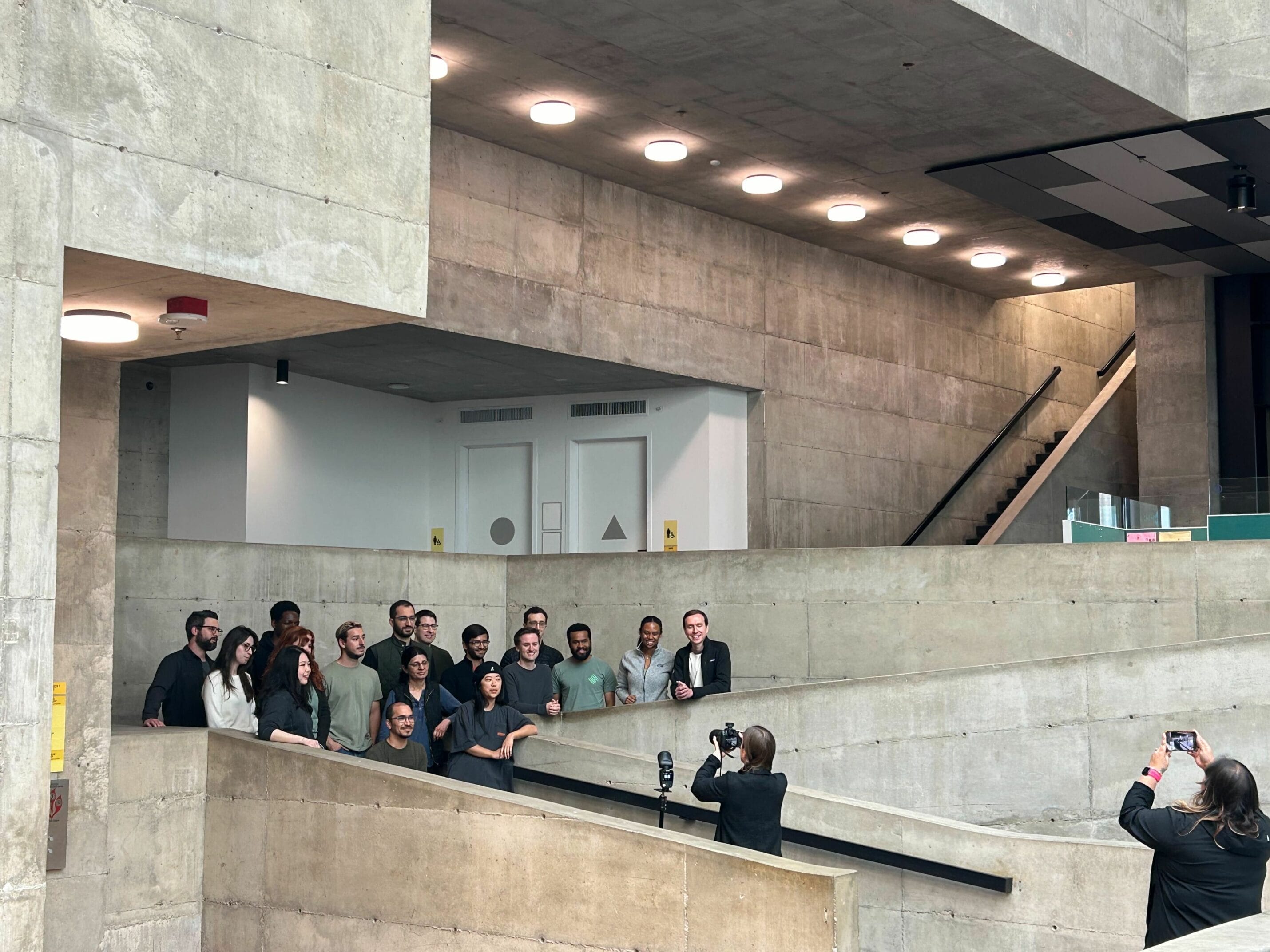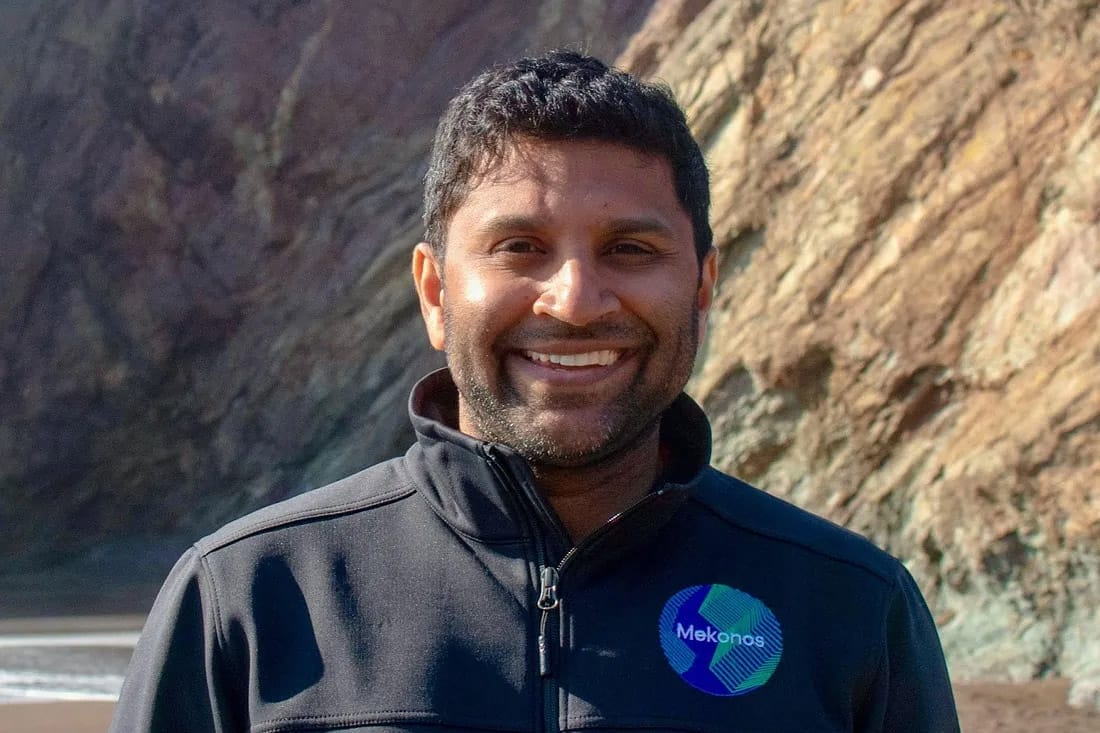Minutia Is Using Nanosensors and Machine Learning to Bring Cell-Based Cures for Type 1 Diabetes to Market
By Logan Plaster at Startup Health. Published on Medium.

At Minutia, CEO & Co-founder Katy Digovich is leveraging her personal journey with T1D and experience in global health innovation to develop a novel, functional cell-based cure for Type 1 diabetes. In collaboration with co-founders Matthias Hebrok, PhD — prominent diabetes researcher and Director of the Institute for Diabetes and Organoid Technology at Helmholtz Munich — and Tuan Vo-Dinh, PhD — professor of chemistry and biomedical engineering at Duke University — Minutia’s solution builds on the last decade’s breakthrough cell transplantation innovations, leapfrogging current challenges with an unconventional application of cell based sensors and an elegant transplant procedure.
Challenge
Type 1 diabetes (T1D) is a serious autoimmune condition, and Katy Digovich has it. Diagnosed when she was six years old, Digovich grew up testing blood sugar levels and injecting insulin multiple times per day in order to manage this complex condition.
Armed with the best diabetes management tools, education, and support available, by age 21, Digovich was rounding out her college career as a Division I basketball player at Princeton and packing her bags for Sub-Saharan Africa under the banner of a grant she secured her senior year to conduct research on HIV.
Digovich spent the first decade of her career as a global transplant, working at the intersection of therapeutics and diagnostics of HIV and TB in Sub-Saharan Africa and SouthEast Asia. In 2015 she began to work on a global team at the Clinton Health Access Initiative.
Although diabetes was not her professional focus at the time, it was precisely her own experience living with T1D that focused Digovich on pursuing her professional goal of increasing access to healthcare for people in under-resourced communities. As she worked toward this goal, she came to realize that the very condition she was living with was a death-sentence in many of the countries she was serving. Without access to insulin, insulin syringes, insulin pens, insulin pumps, blood sugar meters… and the high level of health literacy that diabetes often requires, people living with diabetes in the communities she served would struggle to survive or live full, productive lives.
This is the case for people in low- and middle-income communities all over the world, and the more Digovich faced this truth, the more frustrated she became. The level of healthcare access required to live a healthy and full life with T1D is unattainable for much of the world’s population.
“I kept having conversations about the deadly implications of living with Type 1 diabetes,” says Digovich. “I got angry.”
Digovich began imagining what a cure for T1D would look like for under-resourced communities; something sophisticated but practical, something that didn’t rely heavily on commodities and a high level of health literacy, that could be administered and monitored with ease, and didn’t require additional (often expensive) therapies, like immunosuppressive drugs.
In 2021, Digovich and Drs. Hebrok and Vo-Dinh launched Minutia, a biotechnology company focused on addressing these challenges and transforming the lives of people with T1D.
Origin Story
Minutia’s entry into the T1D research community comes at the perfect time to build upon work already in progress and offer a new perspective on how to solve the problems currently stymieing scientists in other labs.
In 2019, around the same time Digovich began to build out a strategy for T1D under the Clinton Health Access Initiative, a privately held biotechnology company by the name of Semma Therapeutics was acquired for $950 million by the American biopharmaceutical company Vertex Pharmaceuticals. During 25 years of research, Semma had made two significant scientific advances. The first is a protocol to produce large quantities of pancreatic cells, known as islets, which secrete insulin, and have been shown to restore healthy blood glucose levels when transplanted into animal models. The second is a novel device that protects those cells from the immune system, enabling durable implantation. In short, the cells had the potential to reverse diabetes by giving T1D individuals back the cells they were missing. With their acquisition of Semma, Vertex was aimed to lead the way in bringing a functional T1D cure to market.
However, the technology had been hamstrung by two main factors: early models required invasive surgery at a less than ideal site by the liver, and transplant recipients would need to take immunosuppressive drugs for life. These factors would hinder the cell-based treatment’s administration and effectiveness in under-resourced communities. The results were also variable; the cells only lasted a short period of time in some patients, and there were questions about safety over time and no way to track the nuances of what happened to the cells post-transplantation.
Meanwhile, Digovich began spending time in a lab with Matthias Hebrok, PhD, a Hurlbut-Johnson Distinguished Professor in Diabetes Research and (at that time) Director of the Diabetes Center at the University of California, San Francisco. Digovich approached Hebrok with questions after one of his lectures, and she was invited to visit the lab to see his work up close.
“I asked Matthias ‘What’s the hold-up? What would it take to make a cell-based T1D treatment viable?’” says Digovich.
In Hebrok’s words, the current islet stem cell transplantations were “flying blind.” There was no means of collecting real-time data on the cells’ health and performance. Given the nuance of the cells and the complex environments they were entering — human bodies — without real-time information on how an individual’s immune system was responding, the development of a curative and consistent cell-based treatment would be slow going.
During each lab visit, Digovich and Hebrok’s conversations returned to the same topic: data. They were in the heart of Silicon Valley, where the obsession with data and its ability to inform and predict behavior was spilling over to every industry. Why not T1D too? What if there was a way to introduce sensors into insulin-producing cells to monitor their health and behavior post-transplantation?
“When Matthias would bring this idea up with colleagues they would tell him it wasn’t possible, that it sounded like science fiction,” Digovich says.
Tuan Vo-Dinh, PhD, had a different opinion. Vo-Dinh is a Distinguished Professor of Chemistry and Biomedical Engineering at Duke University. He invented nanosensors for use in cancer diagnostics and therapeutics, and when approached by Digovich about the challenge, he believed that those same sensors could be used in cell therapies to treat T1D.
Katy introduced Matthias and Tuan to each other and a few weeks later, Digovich, Vo-Dinh, and Hebrok met for dinner, and the rest — as they say — is history. They launched Minutia and built a team that could fuse existing cell therapies and nanosensor technology to create a transplant relevant to all people living with T1D.
Under the Hood
Launched in 2021, Minutia began with the successful transfer of promising differentiation protocols and cell transplant tech from the company’s academic co-founders’ labs at UCSF (Hebrok) and Duke (Vo-Dinh). Until then, Digovich says she had not encountered a single company with a product that could sense inside cells in real time inside the body without disrupting those cells.
“We’re working to create the kind of cell transplant that I would want to put in my own body, something that is minimally invasive and where we can leverage data to ensure it is extremely safe with a high likelihood of success,” says Digovich.
The ability to collect data on the insulin-producing cells’ behavior in real time is an innovation that can help existing T1D cell-based treatments leapfrog current hurdles. By monitoring the signal changes in nanoparticles inside of their cells the team at Minutia can harness advanced analytics to help predict the safety and success of their transplants, and track an individual’s immune response to the transplanted cells themselves. Using AI combined with these changes in signal over time, they can build models to predict transplant outcomes and safety issues and intervene upstream, starting very early post-transplantation.
Minutia’s first sensor detected hypoxia, or low levels of oxygen, which is a common challenge with transplanted cells. To date, they have designed 13 different sensors, refining their design pipeline as they go. What took months for the first sensor’s development, now takes around five weeks.
In addition to their patented nanosensors, a principal investigator (PI) led phase 1/2 clinical trial has launched with deceased donor islets. The results of this trial, involving transplantation of cells into several study participants, have been promising thus far. The goal is to demonstrate proof of concept and safety of Minutia’s minimally-invasive transplant procedure at a novel site in the forearm.
Last Words
Digovich is unwavering in her pursuit of a T1D cure. She brings an intrinsic understanding of what’s required to achieve health moonshots — leapfrog innovation, borderless collaboration, a big vision — and has timed her entry into the market at a point when Minutia can build from emerging solutions. “When it comes to making these islet-like organoids from stem cells and being able to have a safe and successful transplant that can reverse diabetes, the tiny details — or Minutia — make all the difference,” she says.
If you ask Digovich, she’ll tell you that Minutia’s launch was for purely selfish reasons. She dreams of living without the existential threat posed by T1D, in addition to enabling others to do the same. But in the next breath, she acknowledges that T1D is just the beginning.
“Short term we’re focusing on getting into the clinic with T1D because this technology will be game-changing in that space,” Digovich says. “But long term, we’re talking about a core innovation with relevant applications in many other cell types and disease areas.”
Join us in welcoming Katy Digovich and the team at Minutia to the StartUp Health T1D Moonshot Community.





